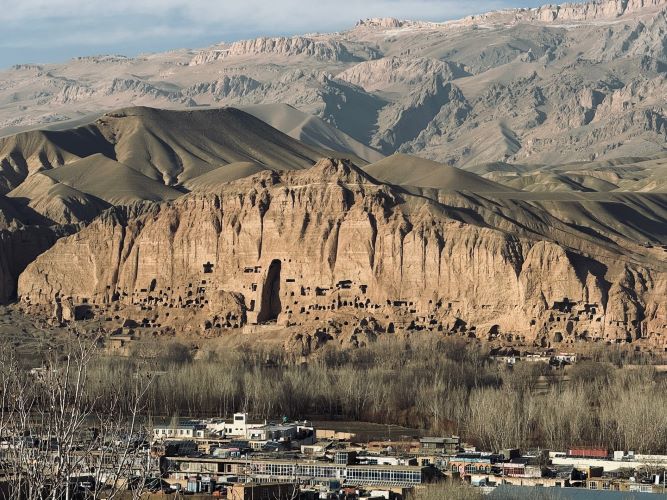
Bamiyan Stone Buddha, Reflecting the Contradictions of the Taliban
[The Taliban, an Islamic extremist armed group, has ruled Afghanistan twice (1996-2001 and 2021-present). The Taliban’s first term in power in Afghanistan was marred by tyranny that suppressed all freedoms. The Taliban, who entered their second term in power in 2021, say they are different from before, but the West’s gaze towards them is not much different from the past. Which is the real face of the Taliban: what the Taliban say they are or what the West’s observers say about them?
In December 2023, Lee Shin-seok, a reporter specializing in reporting conflict areas for ‘The AsiaN’; who faced Afghanistan under the Taliban with his body and mind, tells the story of the Taliban and Afghanistan as they are. –editor]
By Lee Shin-seok
Conflict zone reporter – ‘Journey through The Wrong Side of the Tracks’
SEOUL
‘Golden Age of the Buddhist Culture’
Buddhism is one of the most important religions in Korea and has a long history. Even in Afghanistan, which is known as an Islamic country, there are records of Buddhism being prevalent in the past. Korea and Afghanistan have a surprising common denominator: the Buddhist culture.
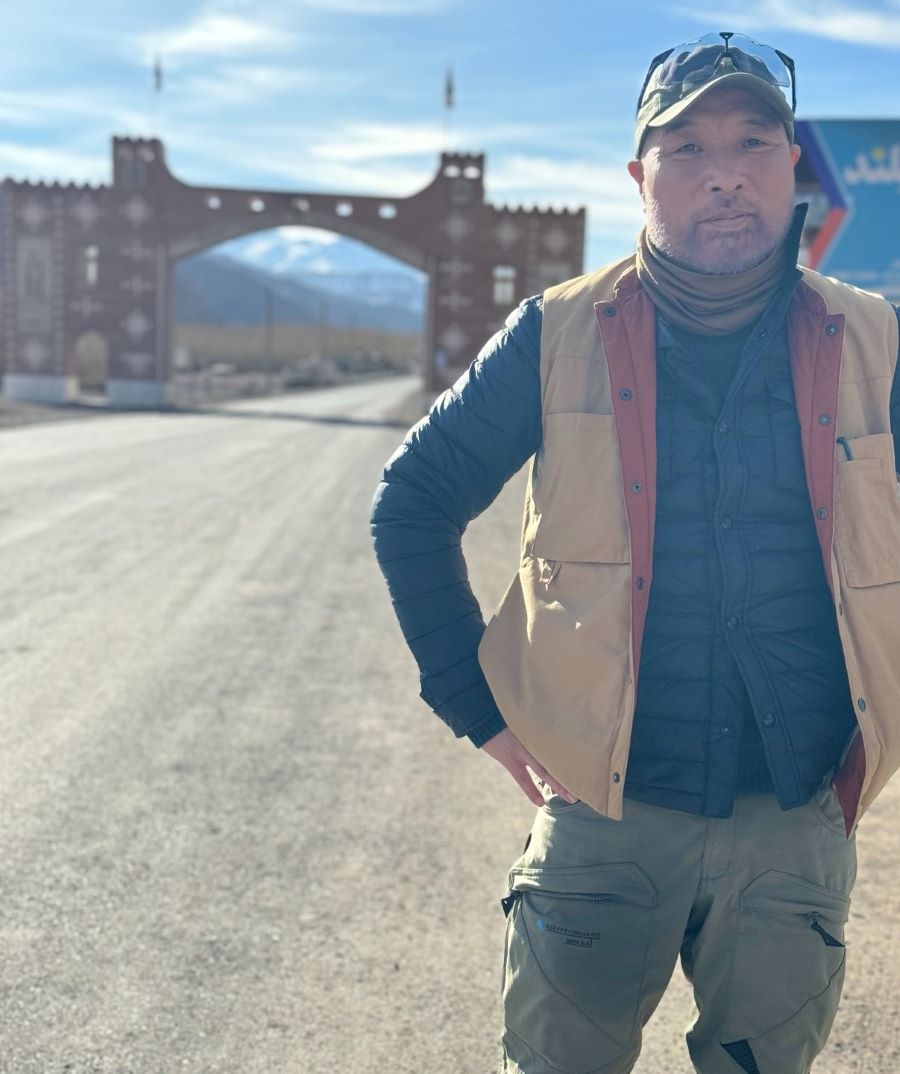
While covering Afghanistan, I deliberately took time to visit the Kandahar Museum and the National Museum in Kabul. The two museums displayed artifacts that proved that Afghan Buddhist culture prospered by merging with Hellenism.
In the 4th century BC, Alexander the Great of Macedon advanced as far as Uzbekistan in Central Asia. His army stopped on its way back home in Baluchistan province, located between present-day Afghanistan and Iran.
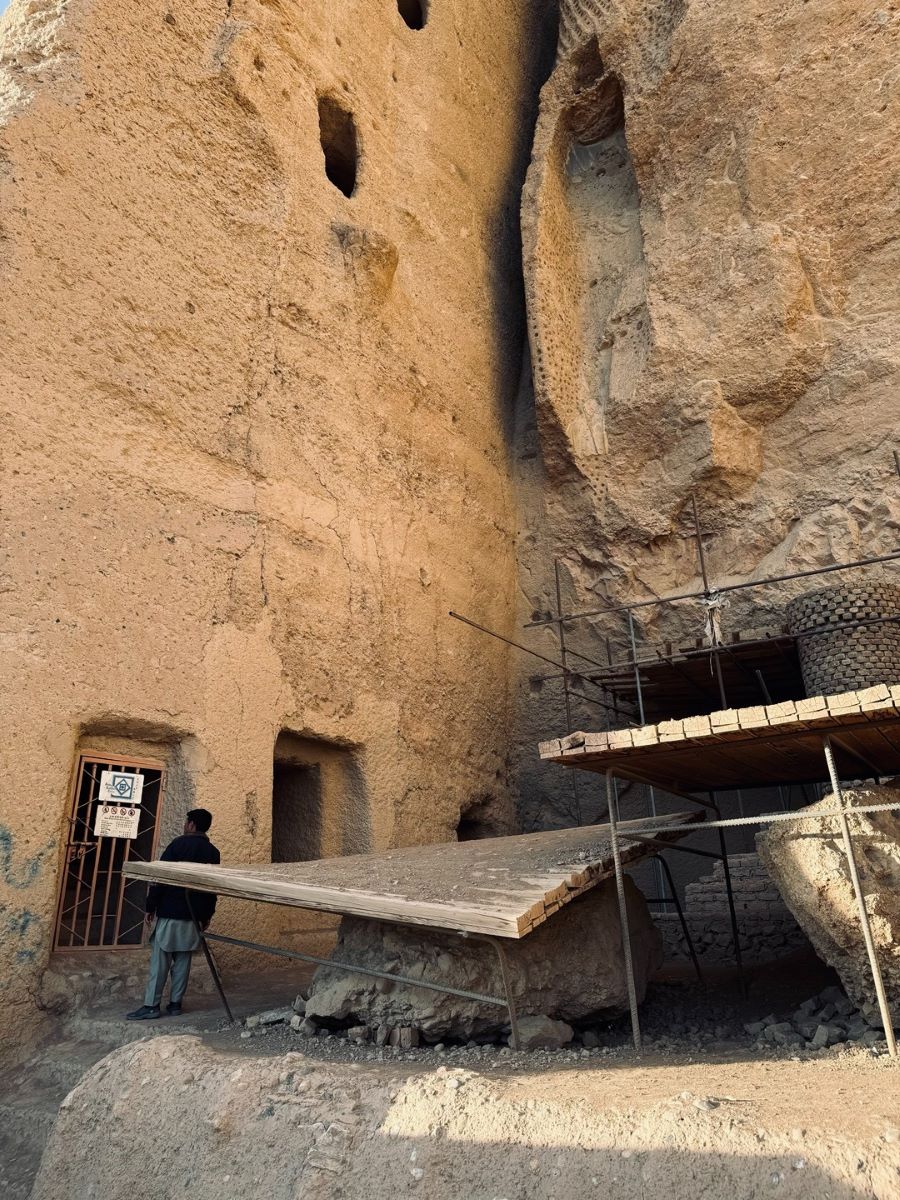 It is said that until Alexander the Great spread Hellenistic culture to this region, there was no culture that symbolized Buddha, and it was limited to embroidering lotuses or digging caves in the walls. As Hellenistic culture merged with Buddhism, Buddha began to be embodied around the 1st century, and the center of this was the Greco-Bactrian kingdom established in the northern region of present-day Afghanistan.
It is said that until Alexander the Great spread Hellenistic culture to this region, there was no culture that symbolized Buddha, and it was limited to embroidering lotuses or digging caves in the walls. As Hellenistic culture merged with Buddhism, Buddha began to be embodied around the 1st century, and the center of this was the Greco-Bactrian kingdom established in the northern region of present-day Afghanistan.
Unfortunately, the Afghan government began damaging the ruins of Balkh Province, the center of Bactria, since the time of former President Ashraf Ghani, and this behavior is said to have worsened since the Taliban came back to power in 2021
The Kingdom of Bactria, which was established after the expedition of Alexander the Great, had a great influence on the current Afghan region. Coins were minted and it had a great influence on culture and art, leading to the emergence of the Hellenistic style. Afterwards, through the Kushan Dynasty, the Buddhist culture became richer and more brilliant.
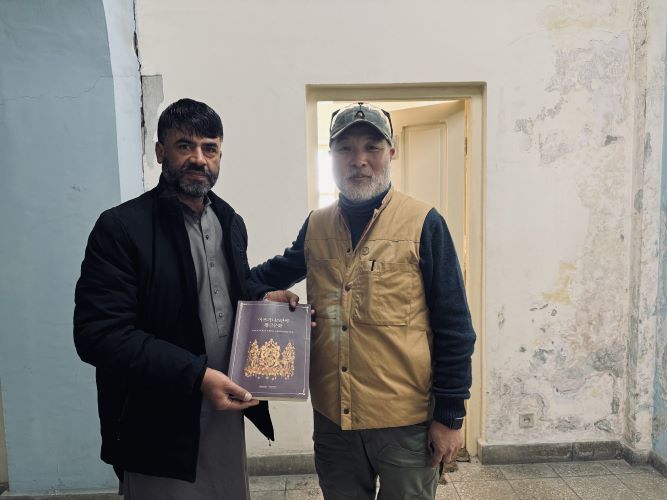
The Kandahar Museum I visited exhibited sculptures from the 1st century AD depicting snakes. According to museum officials, the statues with curly hair are artifacts of Hellenistic influence. Buddhist culture, which reached its heyday during the Kushan Dynasty, left behind a diverse range of legacies from the 4th to 6th centuries, and most of the Buddha statues and murals remaining in Afghanistan are presumed to have been created at that time.
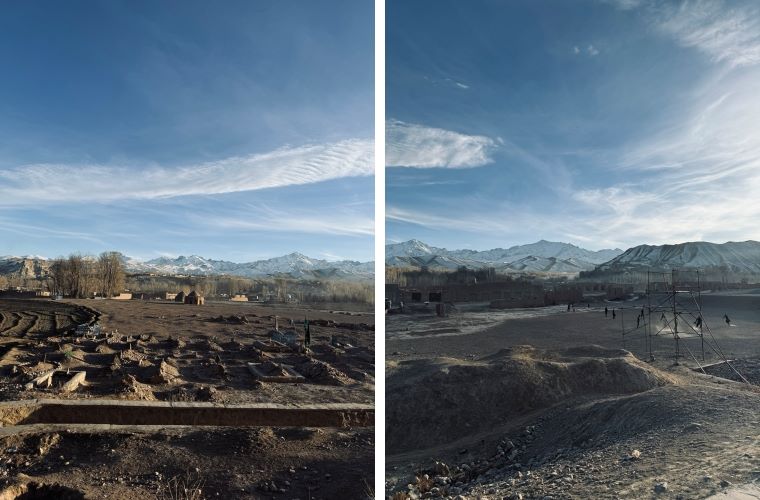 In the first article of this series, the author mentioned that there are traces of Buddhism throughout Afghanistan. In particular, many heritage sites, including stone Buddhas, remain in the Bamiyan area, which served as a passageway between Gandhara and the Silk Road. In fact, the Bamiyan Stone Buddha had a tabernacle containing a Buddha statue and murals surrounding the space painted here and there.
In the first article of this series, the author mentioned that there are traces of Buddhism throughout Afghanistan. In particular, many heritage sites, including stone Buddhas, remain in the Bamiyan area, which served as a passageway between Gandhara and the Silk Road. In fact, the Bamiyan Stone Buddha had a tabernacle containing a Buddha statue and murals surrounding the space painted here and there.
There is an opinion that Buddhism in Korea originated when the Indian monk Marananta spread the word in Yeonggwang, Beopseongpo during the Baekje Dynasty. The Gandhara region where he worked is an area bordering Afghanistan in the area of present-day Peshawar, Pakistan. Therefore, in the Gandhara region and the areas influenced by it, a unique Buddhist culture was able to develop through the fusion of Hellenism, totemism, and animism on the basis of ancient Buddhism.
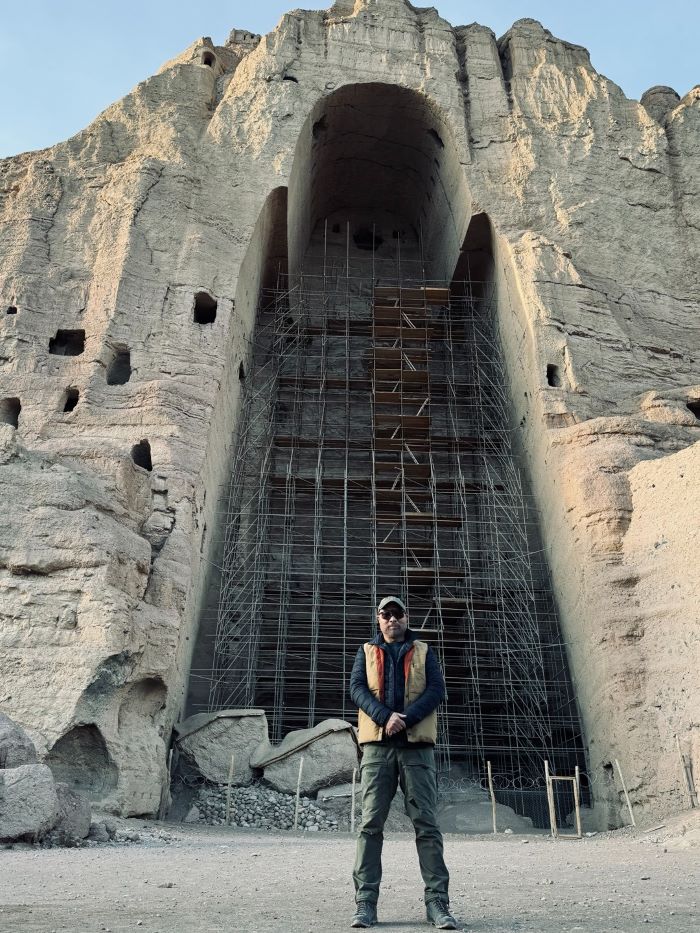 For this reason, there are similar aspects between Afghan Buddhist culture and the Buddhist culture of the Silla-Unified Silla period. Additionally, Afghanistan and Unified Silla have something in common: a gold culture developed at the same time under the influence of the northern Scythian civilization. In fact, crowns and accessories cast in gold during the Unified Silla period have some similarities with Afghanistan’s gold culture, and the similarities between the two countries’ cultures have attracted the attention of academics. The staff at the Kabul National Museum, which the author visited, also visited the GYEONGJU NATIONAL MUSEUM a few years ago and confirmed the homogeneity of Buddhist golden culture.
For this reason, there are similar aspects between Afghan Buddhist culture and the Buddhist culture of the Silla-Unified Silla period. Additionally, Afghanistan and Unified Silla have something in common: a gold culture developed at the same time under the influence of the northern Scythian civilization. In fact, crowns and accessories cast in gold during the Unified Silla period have some similarities with Afghanistan’s gold culture, and the similarities between the two countries’ cultures have attracted the attention of academics. The staff at the Kabul National Museum, which the author visited, also visited the GYEONGJU NATIONAL MUSEUM a few years ago and confirmed the homogeneity of Buddhist golden culture.
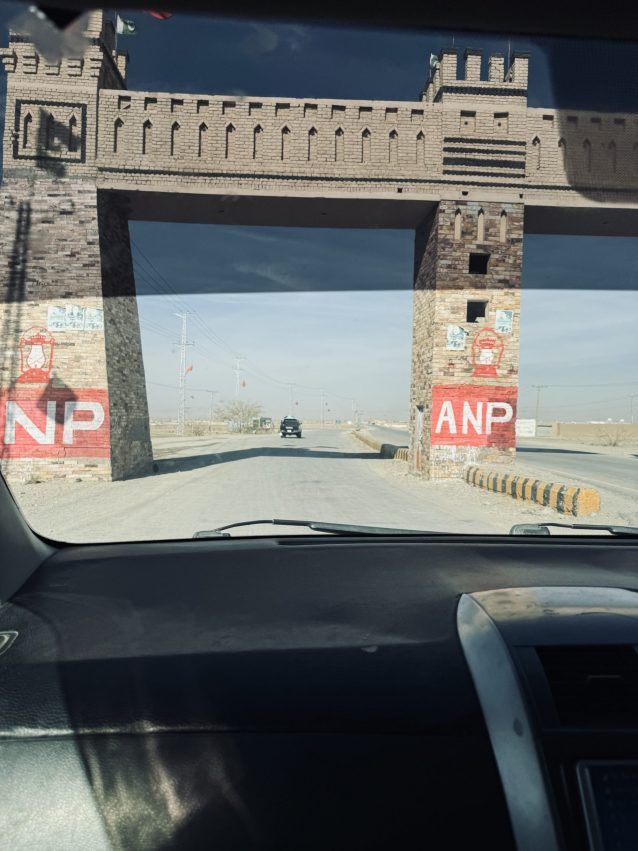
Unfortunately, the Afghan government began damaging the ruins of Balkh Province, the center of Bactria, since the time of former President Ashraf Ghani, and this behavior is said to have worsened since the Taliban came back to power in 2021. For whom is the destruction of the cultural heritage of Afghanistan’s golden age, when the Greco-Bactrian kingdom flourished, for whom?
Related article: The Two Faces of the Taliban: Crossing checkpoints in Afghanistan
________________
All photos provided by the author
Courtesy: The AsiaN (English and Arabic), Seoul, South Korea (Posted on June 14, 2024)